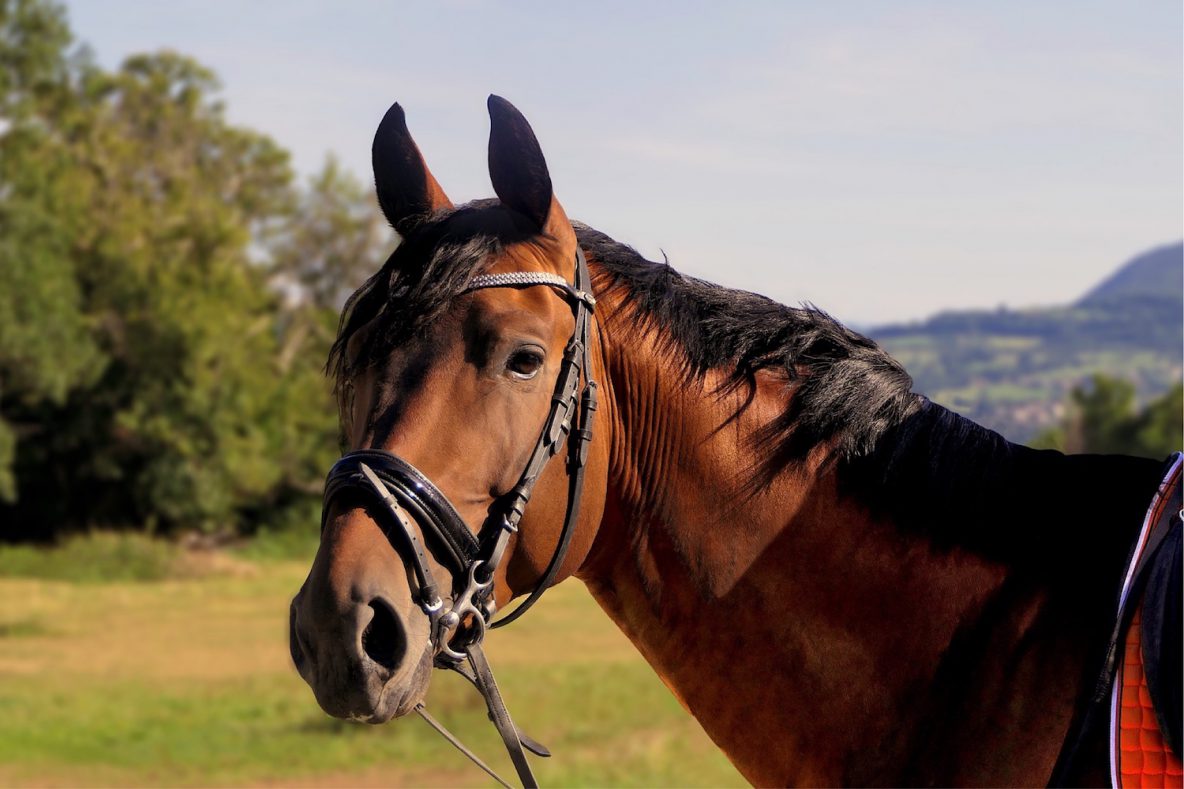Important anatomical areas are found within the horse’s hoof capsule
The coffin joint, navicular bone and bursae and the deep digital flexor tendon. If a nail penetrates any of these structures the horse’s life is at risk. Infection will very quickly take hold and emergency surgery is the only way to treat infection of these structures, any delay in surgery may lead to permanent damage to the structures which could mean chronic lameness or worse euthanasia. Not all nails will affect the vital structures but it’s important to know what to do. Follow these steps to give your horse the best possible chance.
If you find a nail in the foot:
- Do not pull it out. This will be your natural instinct but once you remove the nail it is impossible to know exactly where in the foot it went. If the nail is completely in and there is no risk that if your horse puts its foot down that the nail will be forced further in leave the nail in place and call your vet.
- If the nail is protruding from the sole of the foot and could be forced further in if your horse puts it’s foot down then the best thing to do would be to try to pad the foot around the nail and leave the nail in place. This may not be possible, i.e if you’re out on a hack but where possible leave the nail in place and call your vet.
- If you absolutely must pull the nail out because of the risk of further penetration it is important to pay very close attention to the following three things: Exactly where the nail went in (you’ll be surprised how quickly the hole will seal over), the direction the nail went in, the length of nail that had penetrated the foot. If possible take a photo or video of the nail and video the removal. Alternatively use a pen to mark on the hoof where the nail went in.
- Call your vet and let them know your horse has a nail in the foot, your vet will then bring a mobile X-ray machine to assess the injury.
- If you’ve removed the nail apply a clean dry dressing to the hoof.
- Keep the nail once removed and mark on it the depth it penetrated.
- Make sure your horse’s tetanus is up to date as nail penetration carries a high risk of tetanus.
Treatment for nail penetration will depend on where the nail has penetrated and the amount of damage. Even short nails can do significant injury to horses with less sole depth such as flat footed thoroughbreds.
In general, the closer the nail is to the frog the worse the situation, but we would always advise contacting your vet to investigate any nail penetration. Only an X-ray can show the true damage a nail has done, it will enable us to see exactly where within the foot the nail has gone and treat accordingly. In many cases it may save a horse’s life.
Nail Bind
Is a term used to describe the condition where a nail has been driven too close to the sensitive laminae in the horse’s foot. In mild cases the pressure on the sensitive tissues will cause low-grade pain and lameness. In some cases a localised infection develops around the nail leading to a foot abscess and associated severe pain and lameness.
Lameness associated with recent shoeing; pain over a particular nail on hoof tester examination; the affected nail, and often the shoe, needs to be removed; a poultice should be applied; tetanus antitoxin must be given if horse not fully vaccinated.

